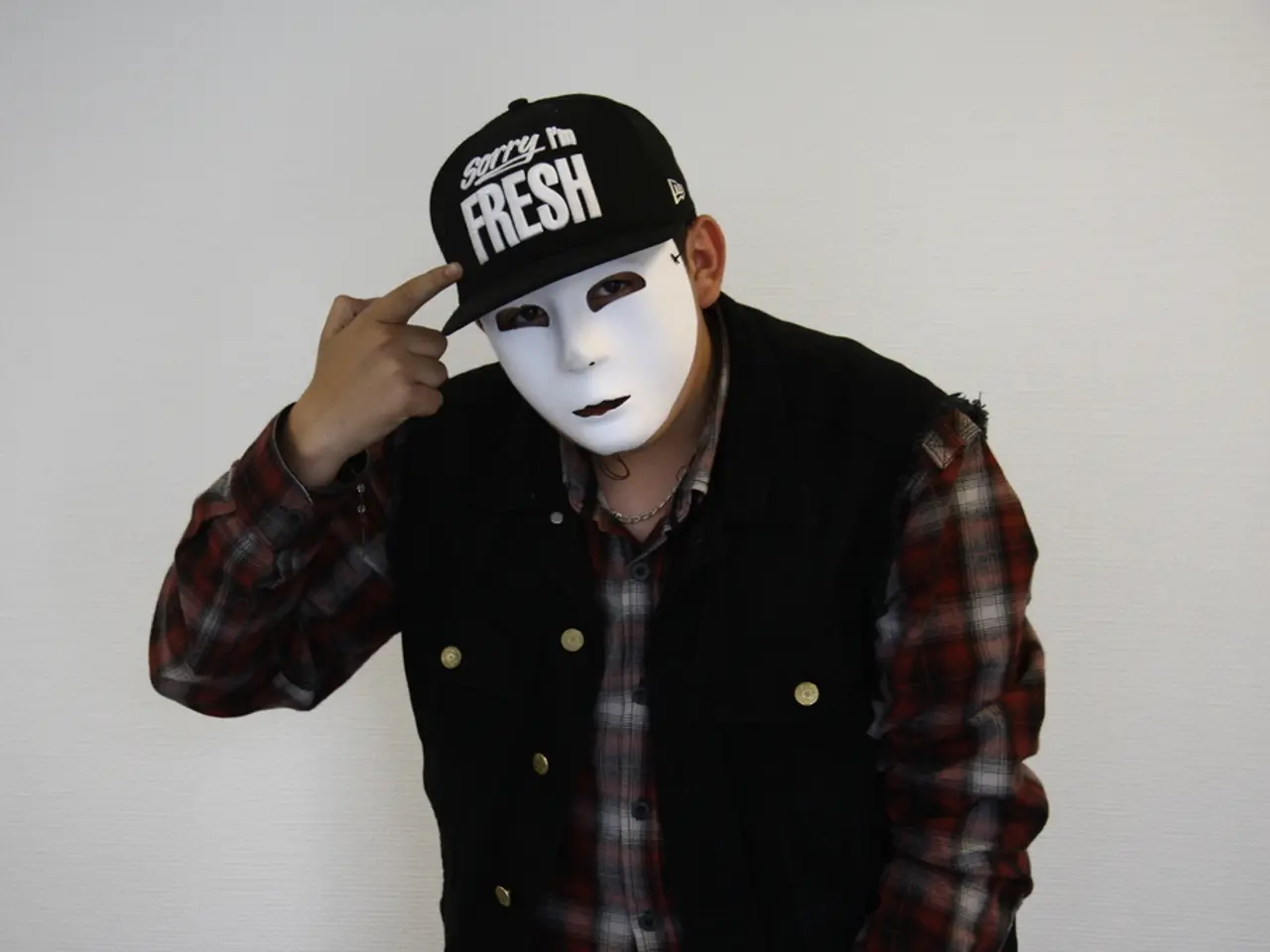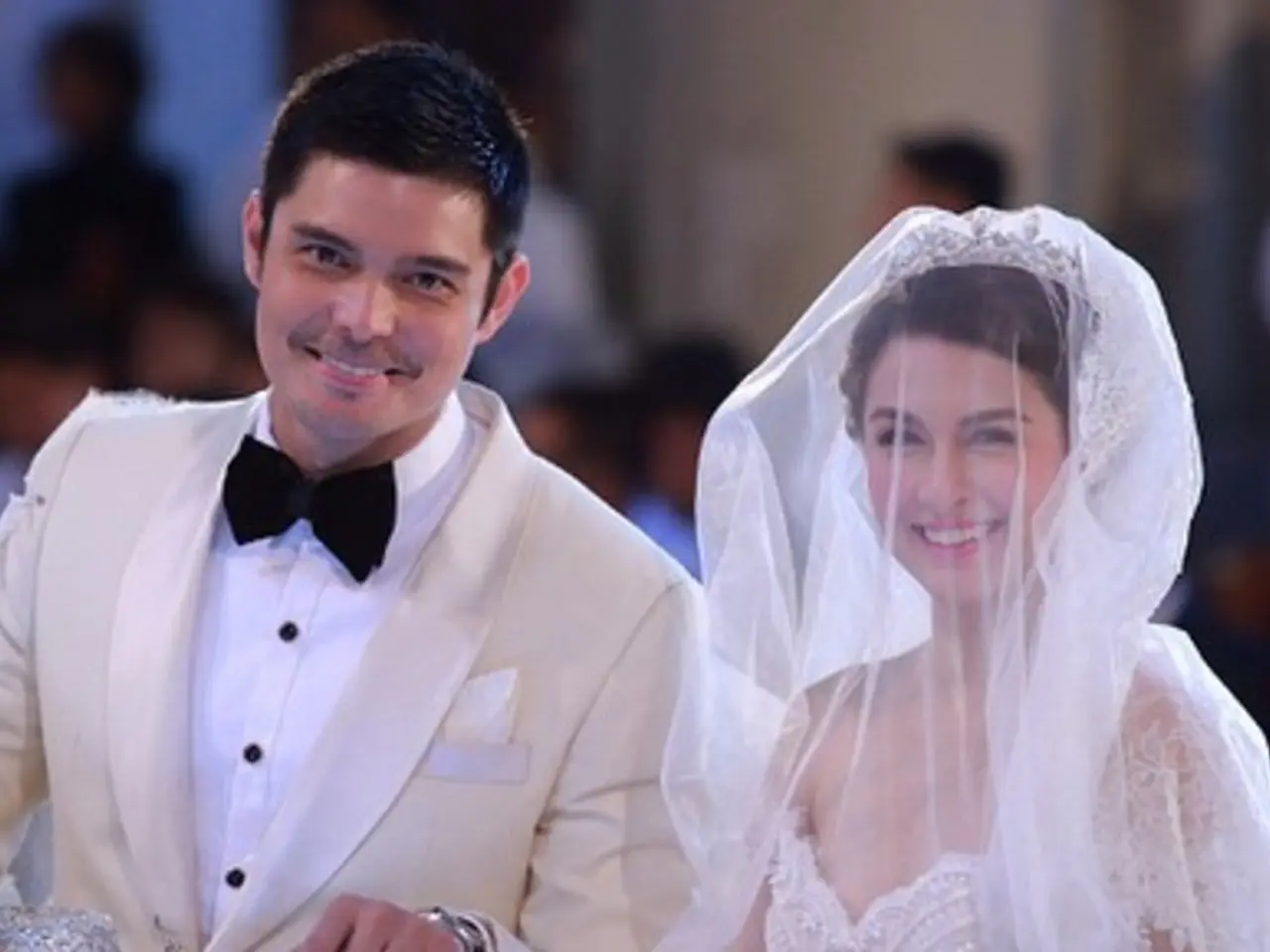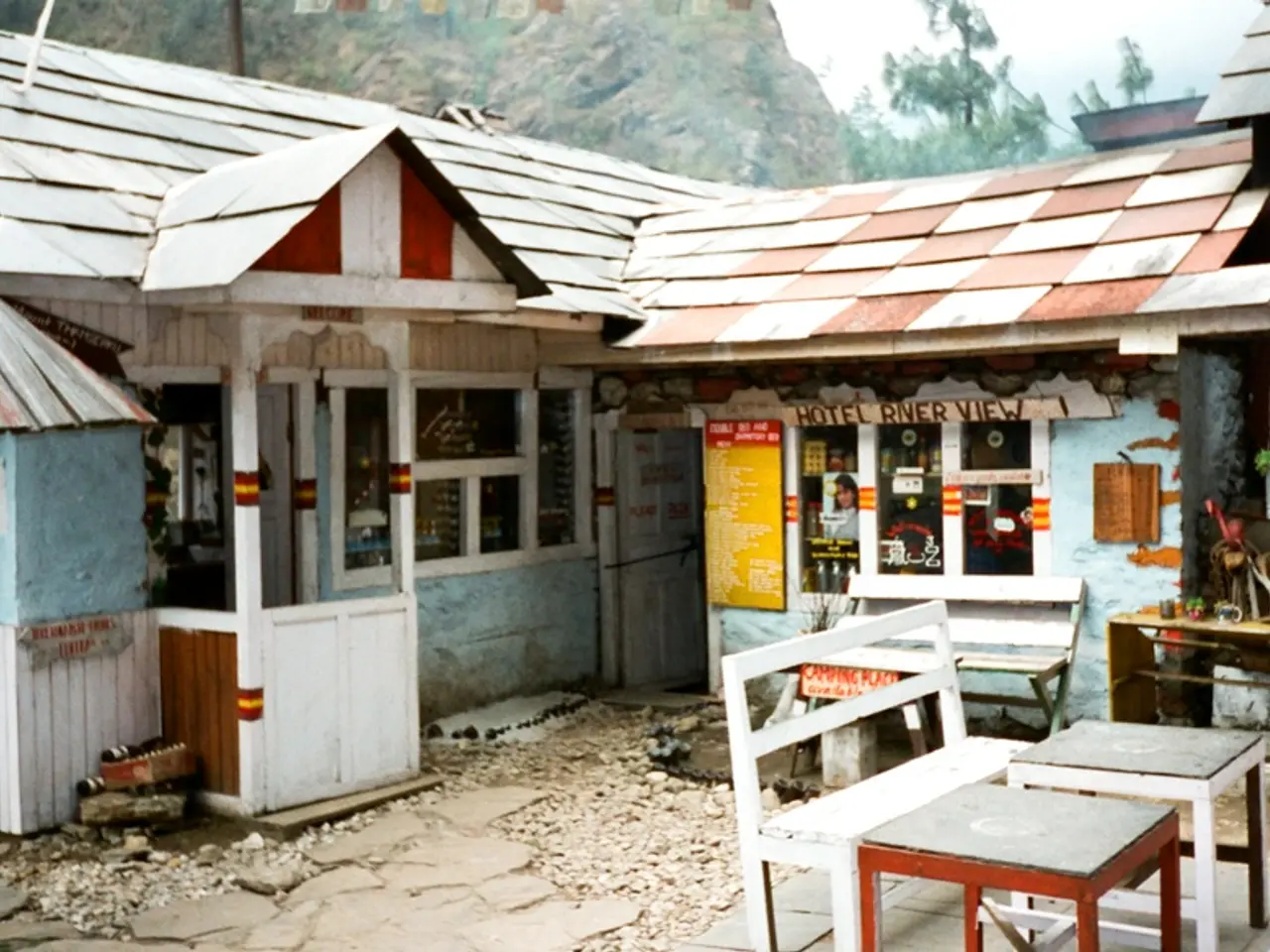The prevalence of 'grim and intense' movies in today's cinema is facing criticism for repetition
In the realm of filmmaking, a captivating trend has emerged: the dark and gritty narrative. This style, with its complex characters, psychological themes, and realistic settings, has enthralled audiences for decades.
The historical origins of this trend can be traced back to Film Noir, a genre that flourished in the United States during the 1940s and 1950s. This genre was a synthesis of German Expressionist cinema from the 1920s and 1930s, characterized by stark chiaroscuro lighting, twisted psychological narratives, and exaggerated sets. The arrival of German filmmakers to Hollywood after fleeing the Nazi regime brought these stylistic and thematic sensibilities to American crime films [1].
Simultaneously, the gritty narrative tone was deeply shaped by the hard-boiled crime fiction of authors such as Raymond Chandler and Dashiell Hammett. Their stories featured flawed, morally ambiguous characters in realistic, dark urban settings, moving away from the polished detective tales of earlier eras [1][2]. The social and historical context also played a crucial role: the disillusionment from the Great Depression and the aftermath of World War II infused these films with a pervasive sense of pessimism, skepticism, and blurred moral lines [2].
Cultural influences, including the dark urban environment, the rise of crime in modern cities, and changing social attitudes toward authority and morality, further shaped Film Noir’s signature use of low-key lighting, deep shadows, and high-contrast visuals, creating a mood of mystery and menace that reflected the turbulent societal atmosphere of mid-20th century America [1][2].
The evolution of this trend over time can be traced through various periods. The Golden Age of Film Noir in the 1940s-1950s saw the emergence of classics like The Maltese Falcon and Double Indemnity, which established the archetypal elements: cynical protagonists, femme fatales, and fatalistic narratives [1][3].
The rise of Neo-Noir in the 1960s and 1970s updated noir elements with contemporary themes, more explicit violence, and complex psychology, often exploring darker human experiences in a more modern context, reflecting changing cultural anxieties [3].
Today, the gritty aesthetic and morally complex storytelling remain central in modern crime thrillers and dark dramas, though with evolving cinematic techniques and thematic depth shaped by new social realities [3].
Blending genres or exploring less conventional themes can lead to groundbreaking storytelling, as seen in the resurgence of the trend in the 1970s with the advent of New Hollywood. Directors like Martin Scorsese and Francis Ford Coppola pushed boundaries with gritty realism and anti-heroes, while innovations in cinematography and visual effects amplified the mood and captivated audiences [4].
However, critics offer a spectrum of perspectives. Some praise the trend for pushing boundaries in cinematic storytelling and encouraging filmmakers to explore challenging themes. Others argue that the over-reliance on darkness and grit risks overshadowing creativity and diversity in storytelling, and that the call for diverse storytelling is vital in an era where cinema mirrors reality, enriching the creative landscape and appealing to a broader audience spectrum [5].
By balancing darkness with innovation, filmmakers can ensure each story remains distinct and compelling, avoiding the pitfall of formulaic and predictable narratives. Introducing diverse cultural, emotional, and experiential viewpoints enriches the cinematic experience, providing a canvas for exploring intense emotions that resonate deeply [6].
In summary, the dark and gritty filmmaking style originates with German Expressionism and hard-boiled American crime fiction, grew through Film Noir’s maturity shaped by social upheavals, and has evolved via Neo-Noir into contemporary films that continue to explore moral ambiguity and urban darkness with updated sensibilities [1][2][3]. This trend, with its complex characters, realistic settings, and psychological themes, remains a captivating force in cinema, enthralling audiences and inspiring filmmakers to push boundaries and explore new storytelling techniques.
References: [1] Altman, Rick. "The American Film Noir: The Dark Side of the Screen." University of California Press, 1992. [2] Neale, Steve. "Genre and Hollywood." Routledge, 2000. [3] Krutnik, Frank. "In a Lonely Street: Film Noir, Genre, Masculinity." Routledge, 1991. [4] Biskind, Peter. "Easy Riders, Raging Bulls: How the Sex-Drugs-and-Rock 'N' Roll Generation Saved Hollywood." Simon & Schuster, 1998. [5] Sobchack, Vivian. "The Address of the Eye: A Phenomenology of Film Experience." University of California Press, 1992. [6] Gaines, Jane, and Michael Grant. "Playing to the Trade: Hollywood Storytelling and Cultural Norms." University of California Press, 1990.
1) The dark and gritty film narrative, reminiscent of complex characters, psychological themes, and realistic settings, is deeply rooted in Film Noir, a genre that first emerged in Hollywood during the 1940s and 1950s.
2) The signature style of Film Noir was significantly influenced by German Expressionist cinema and the hard-boiled crime fiction of authors such as Raymond Chandler and Dashiell Hammett.
3) Hollywood was instrumental in the development of the dark and gritty aesthetic, with the arrival of German filmmakers fleeing the Nazi regime, who introduced chiaroscuro lighting and twisted psychological narratives to American crime films.
4) The golden age of Film Noir produced classics like The Maltese Falcon and Double Indemnity, establishing its archetypal elements, such as cynical protagonists, femme fatales, and fatalistic narratives.
5) Over time, Neo-Noir emerged in the 1960s and 1970s, updating noir elements with contemporary themes and psychology, exploring darker human experiences with more explicit violence and complex protagonists.
6) Today, the gritty aesthetic and morally complex storytelling persist in modern crime thrillers and dark dramas, continually evolving with technological advancements that amplify the mood and captivate audiences.








